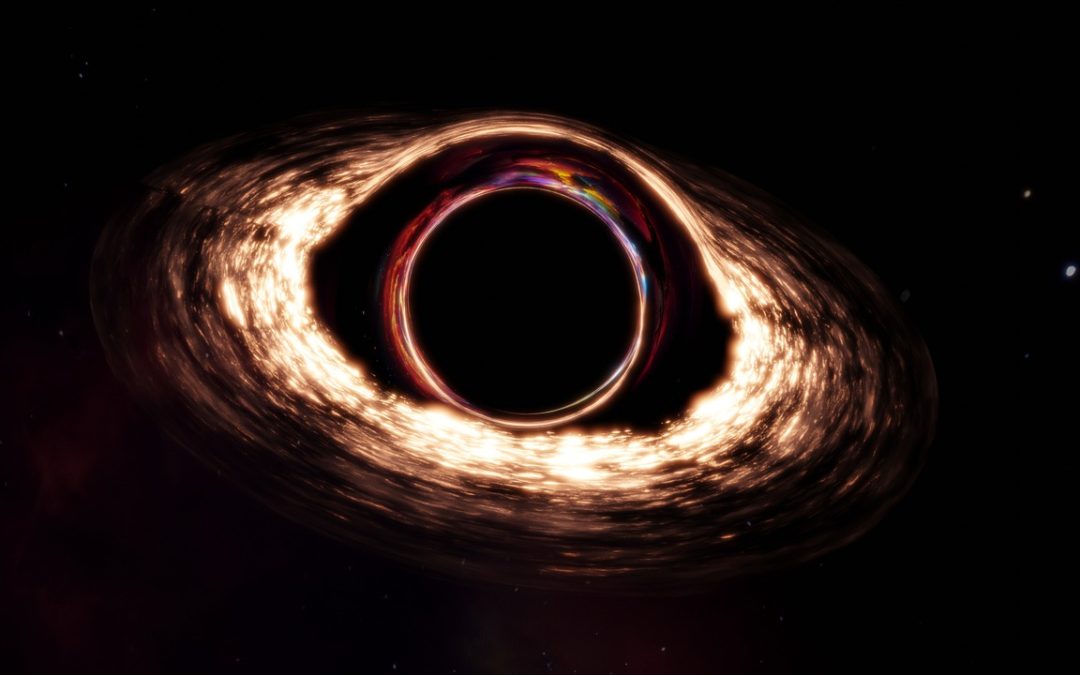 Unveiling the Enigmatic Depths: Exploring Black Hole Singularities
Unveiling the Enigmatic Depths: Exploring Black Hole Singularities
Black holes have long captivated the imagination of scientists and the general public alike. These enigmatic cosmic entities, with their immense gravitational pull, have been the subject of numerous studies and debates. While much is known about the event horizon and the mechanics of black holes, their singularities remain a mysterious and intriguing aspect of these celestial phenomena.
A black hole singularity is a point of infinite density at the center of a black hole. It is a region where the laws of physics, as we currently understand them, break down. The singularity is hidden from direct observation by the event horizon, the boundary beyond which nothing, not even light, can escape. This makes it incredibly challenging to study and comprehend.
One of the most famous theories that attempts to explain black hole singularities is Einstein’s theory of general relativity. According to this theory, when a massive star collapses under its own gravity, it forms a singularity. The collapse is so intense that it warps space and time, creating a gravitational well from which nothing can escape.
However, general relativity fails to provide a complete understanding of singularities. At the singularity, the equations of general relativity produce infinite values, which are nonsensical in the context of our current understanding of physics. This breakdown of our theories suggests that there may be a need for a more comprehensive framework that unifies general relativity with quantum mechanics.
Quantum mechanics, the branch of physics that deals with the behavior of matter and energy at the smallest scales, offers some insights into the nature of black hole singularities. Quantum mechanics allows for the possibility of particles and energy fluctuations appearing and disappearing spontaneously. This phenomenon, known as quantum fluctuations, could play a role in understanding what happens inside a black hole singularity.
One proposed theory is that at the singularity, quantum fluctuations become so extreme that they prevent the formation of a true singularity. Instead, they create a “quantum foam” or a chaotic, ever-changing state of matter and energy. This would imply that the singularity is not a point of infinite density, but rather a region of intense quantum activity.
Another theory suggests that black hole singularities may be connected to the concept of a “wormhole.” A wormhole is a hypothetical tunnel that connects two distant regions of space-time. It is believed that if one were to enter a black hole singularity, they might emerge through a wormhole in another part of the universe or even in a different universe altogether. This idea opens up fascinating possibilities for interstellar travel and the exploration of other dimensions.
Despite these intriguing theories, the true nature of black hole singularities remains elusive. The extreme conditions inside a black hole make it impossible to directly observe or study them. However, scientists are continuously pushing the boundaries of our knowledge through mathematical models and simulations.
The recent discovery of gravitational waves has provided new avenues for studying black holes and their singularities. Gravitational waves are ripples in space-time caused by the acceleration of massive objects. By detecting and analyzing these waves, scientists hope to gain insights into the dynamics of black hole mergers and the behavior of matter near their singularities.
As our understanding of physics and our ability to observe the universe continue to advance, we may one day unravel the mysteries of black hole singularities. Until then, these enigmatic depths will continue to inspire awe and curiosity, driving scientists to explore the unknown and expand our understanding of the cosmos.
